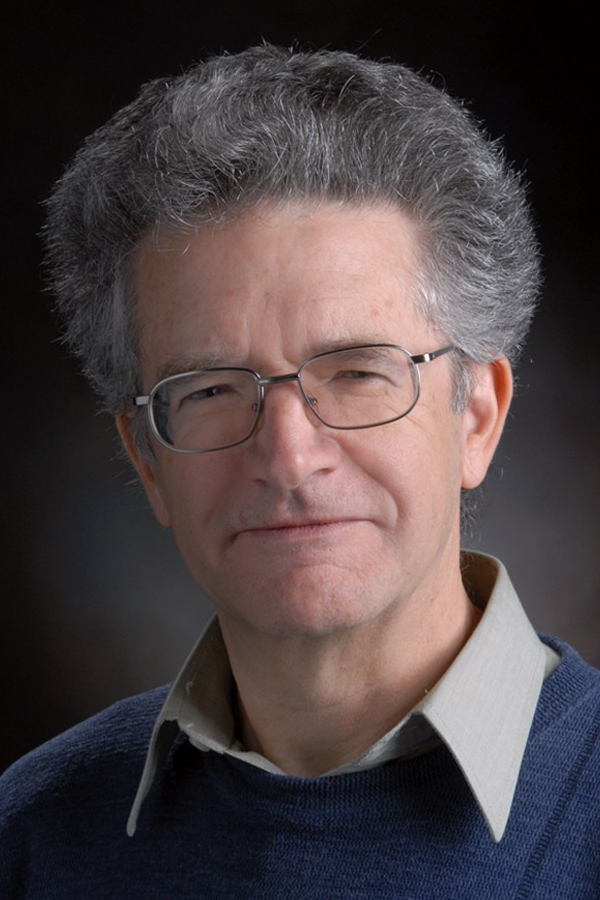- Undergraduate
- Prospective Students
- Current Students
- Research Awards & Scholarships
- Undergraduate Research Presentation Award
- CSC Silver Medal Award
- E. J. Wells Chemistry Book Award
- Melanie O'Neill Chemistry Undergraduate Award
- SCI Canada Student Merit Award
- Tony Parsad Award in Chemistry
- Chemistry Undergraduate Scholarship
- TransCanada Pipelines Research Scholarship
- Evelyn and Leigh Palmer Scholarship
- Undergraduate Research
- Graduate
- Research
- Department
- News & Events
- Contact Us
- EDI
Areas of interest
Physical Chemistry
Education
- M.A. - Oxford University
- D.Phil. - Oxford University
Research
Muonium Chemistry and its applications to H atom kinetics, organic free radicals and chemistry in supercritical water
For more details see Research Website
Publications
PUBLICATIONS
Book: Muon Spin Spectroscopy: Methods and Applications in Chemistry and Materials Science by Donald G. Fleming, Iain McKenzie, Paul W. Percival, Wiley, 2024.
Journal papers: Click here for a list.


